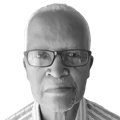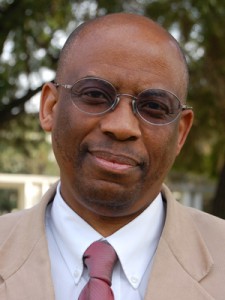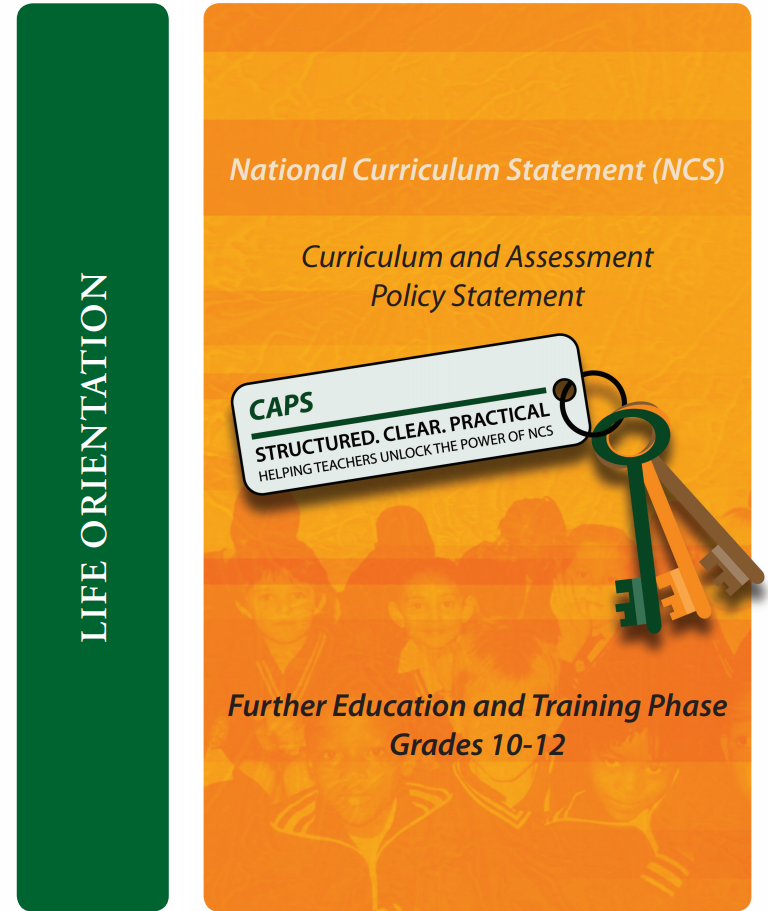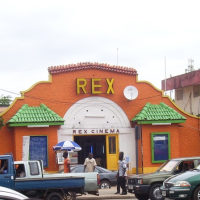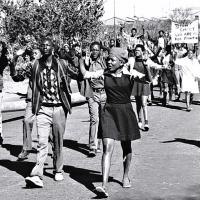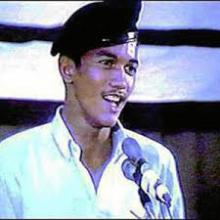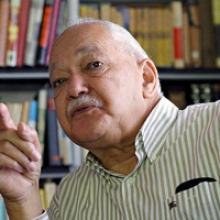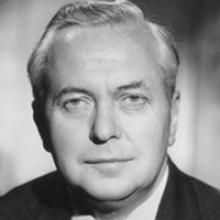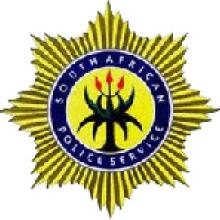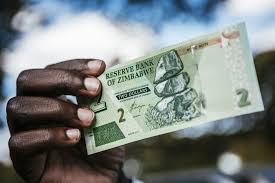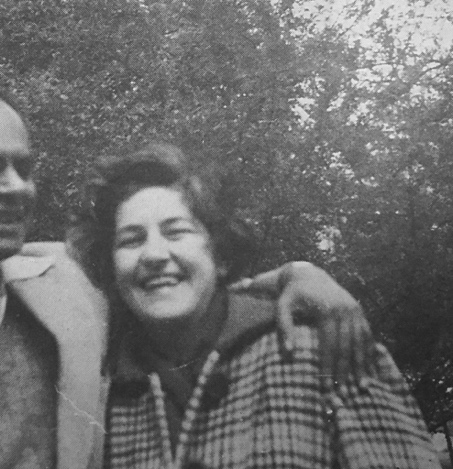Vaal Dam covers over 300 km, which makes it the Country's largest Dam, by area. It was constructed in 1938.
It is one of Gauteng's major sources of drinking water, it lies on the Vaal River close to Vereeniging, midway between the N1 and the N3, and roughly 110 km from Johannesburg. The Vaal Dam is also bounded by three Provinces – the Free State, Mpumalanga, and Gauteng. (Quite possibly the most interesting entity connected with the Vaal Dam is its island, used during Apartheid for secret meetings!)
The Vaal River is the Northern tributary of the Orange River. Rising at Sterkfontein Beacon, near Breyten, in Mpumalanga Province, it flows 1,210 km Southwest to its confluence with the Orange River near Douglas. The Vaal's middle section forms most of the Free State's Northern Provincial boundary. The Vaal Dam is a used for all forms of water sports and events – every Year there is the: 'Round the Island yacht race, the 'Keel-Boat Week' to the Bayshore a 200 kilometre jet-ski race and the Bayshore Marina Vaal Dam treasure hunt'. There are 10 Sailing Clubs and any number of Fishermen, Water skiers and Canoeists, also use the Dam over weekends. Property along the Banks of the Dam and River, is highly sought after.
As our Cities become more and more congested, so man seeks water as a means to escape, with its tranquility and the peacefulness, the River has to offer!
